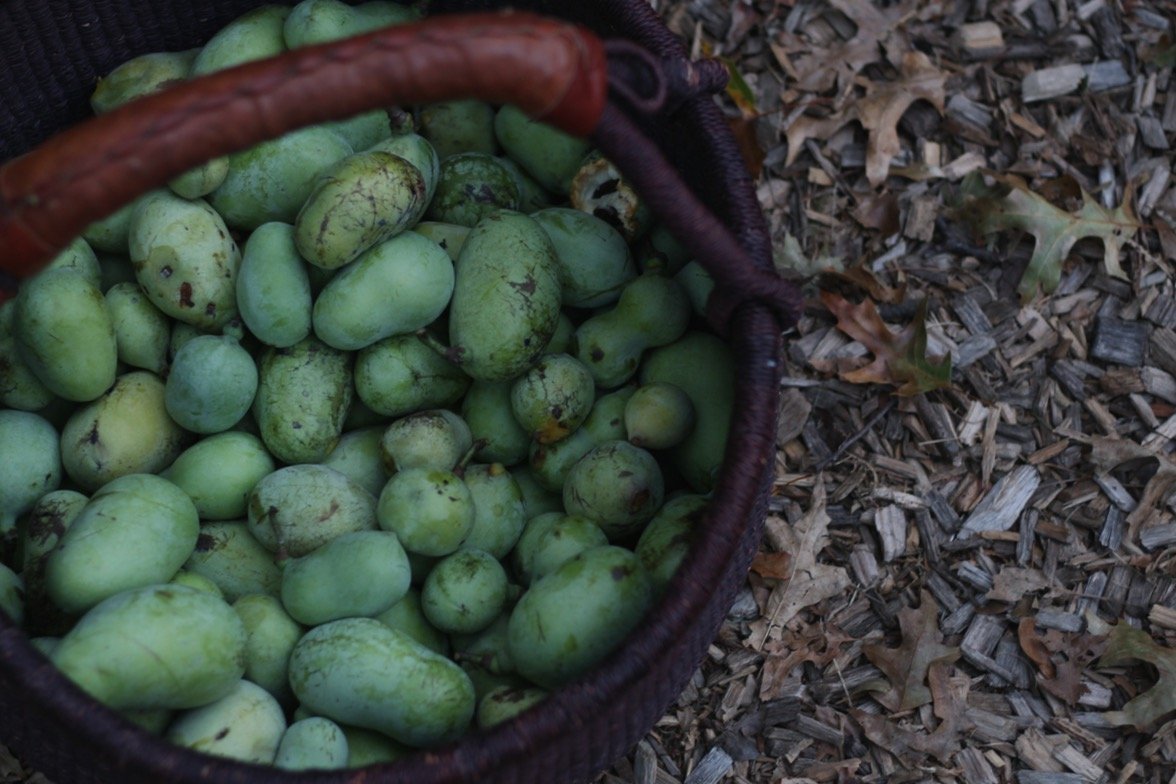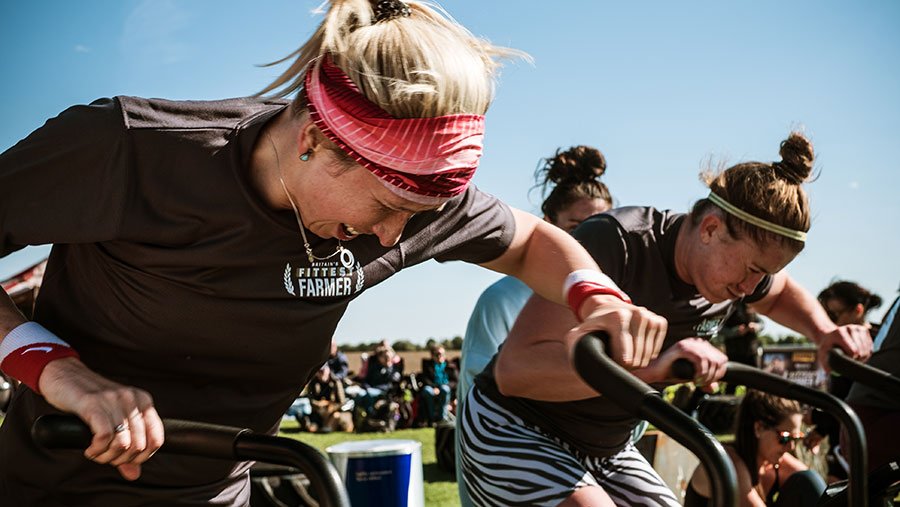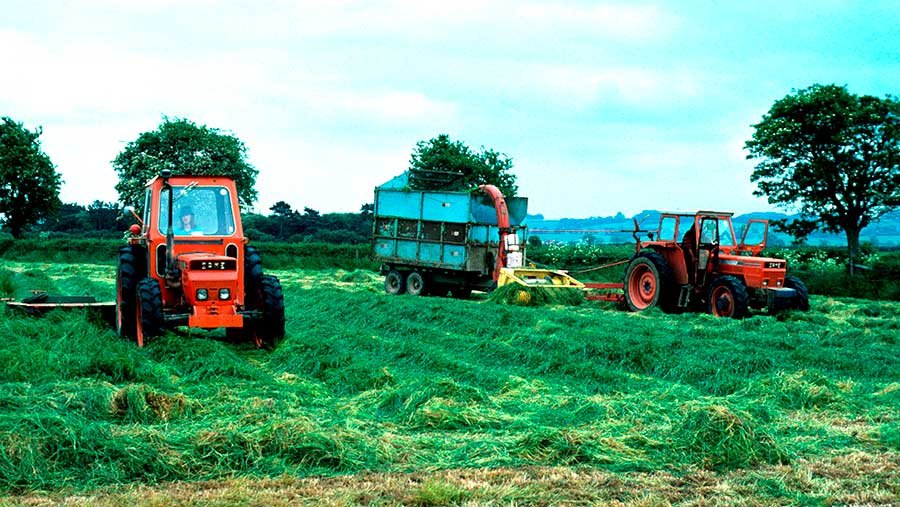John Deere’s introduction of a commercial-ready autonomous tractor is a big deal. According to the press materials, the tractor is fully capable of cultivating a field by itself without a driver. This is a big first step to fully driverless farm equipment. But it also left me with some lingering questions.
-
What level of autonomy is the tractor?
As on-road vehicles march towards full autonomy, the automotive industry seems to have settled on using the SAE’s Levels of Driving Automation for benchmarking the capability of particular vehicles for self-driving. Level 0 means no driver aids. Level 5 means the car is fully autonomous and does not ever require human intervention. The most advanced self-driving cars today have achieved level 3, which is full self-driving but with an alert human ready to take over control when something goes wrong. The Deere autonomous tractor seems to be at this level, too, although the SAE levels are admittedly not a perfect fit for agricultural vehicles. Has the ag industry developed its own standard for the 6 levels of autonomy? -
Can the tractor drive itself to the field without someone in the cab?
I don’t recall John Deere addressing this in the announcement, but it appears that the tractor will still need a human to drive it to the field. Perhaps that is why a driverless tractor still requires a full cab. If the tractor can be driven remotely, it seems that it could also be driven to the field remotely — like a giant remote-controlled vehicle — although most likely this would not be legal (and in many instances not safe). Does the tractor automatically shut off all driverless systems if it is outside of field boundaries? Who establishes field boundaries where automated systems shut down? -
Is the autonomous tractor’s use limited to just tillage applications?
The reveal video focused on tillage applications. Given the trends towards no-till and strip-till, I found this odd. Why is the most sophisticated tractor only doing the least sophisticated activities and not planting or applying nutrients? I think there are two reasons. First, many farming tasks like planting or nutrient application may require an operator’s license. A driverless tractor has no licensed operator (in the cab) and thus faces legal hurdles to do things like apply pesticides or fertilizer. Second, tillage requires the least constant monitoring from the operators. It is the easiest in-field activity to automate. For this technology to advance, however, we are going to have to increase its in-field uses. -
Did Deere forgo the use of LiDAR?
The tractor appears to use only stereo cameras for scanning its surrounding. This makes its usability fully dependent on visibility. Will the system work in inclement weather? To tackle this problem in the automotive space, some driverless car systems are also using LiDAR (light detection and ranging). I am curious as to Deere’s decision not to use LiDAR here. -
Can the farmer also drive the tractor remotely by smart phone?
When the tractor encounters and obstacle in the field, it will stop and alert the farmer on their smartphone. The farmer can presumably see the issue and tell the tractor whether to continue past the obstacle or not. But can the farmer also take the wheel, sitting miles away in their office, and drive around the obstacle in the field? I’ve seen enormous weeds the size of people. How does the machine know a 6-foot pigweed is not a 6-foot man? Perhaps the pig weed alerts the smartphone operator, who then tells the tractor to plow ahead. -
Why does the tractor look so conventional?
A few years ago at Agritechnica, John Deere unveiled a truly unique driverless concept—a two-tracked pulling machine with no cab and not place for a driver or rider. I would be interested as to why Deere chose to use a conventional tractor platform for this driverless machine. I assume that is because most farmers will still use the tractor in other driver-required applications and because it is easier to adopt small incremental technology changes than radical new ones.
If you know the answer to any of these questions, please post in the comments or send me an email at janzen@aglaw.us.
Related Content
[Technology Corner] Autonomy Goes Mainstream with Deere’s Autonomous 8R Tractor: Autonomy has gone mainstream with John Deere’s announcement that it has a fully autonomous tractor ready for large-scale production.
[Podcast] Deere’s Autonomous Tractor & Mainstreaming Autonomy with Scott Shearer: Scott Shearer, chair of the department of food, agricultural and biological engineering at Ohio State University, says the new autonomous tractor is part of a trend of manufacturers moving away from their roles as iron companies and instead becoming technology companies.











